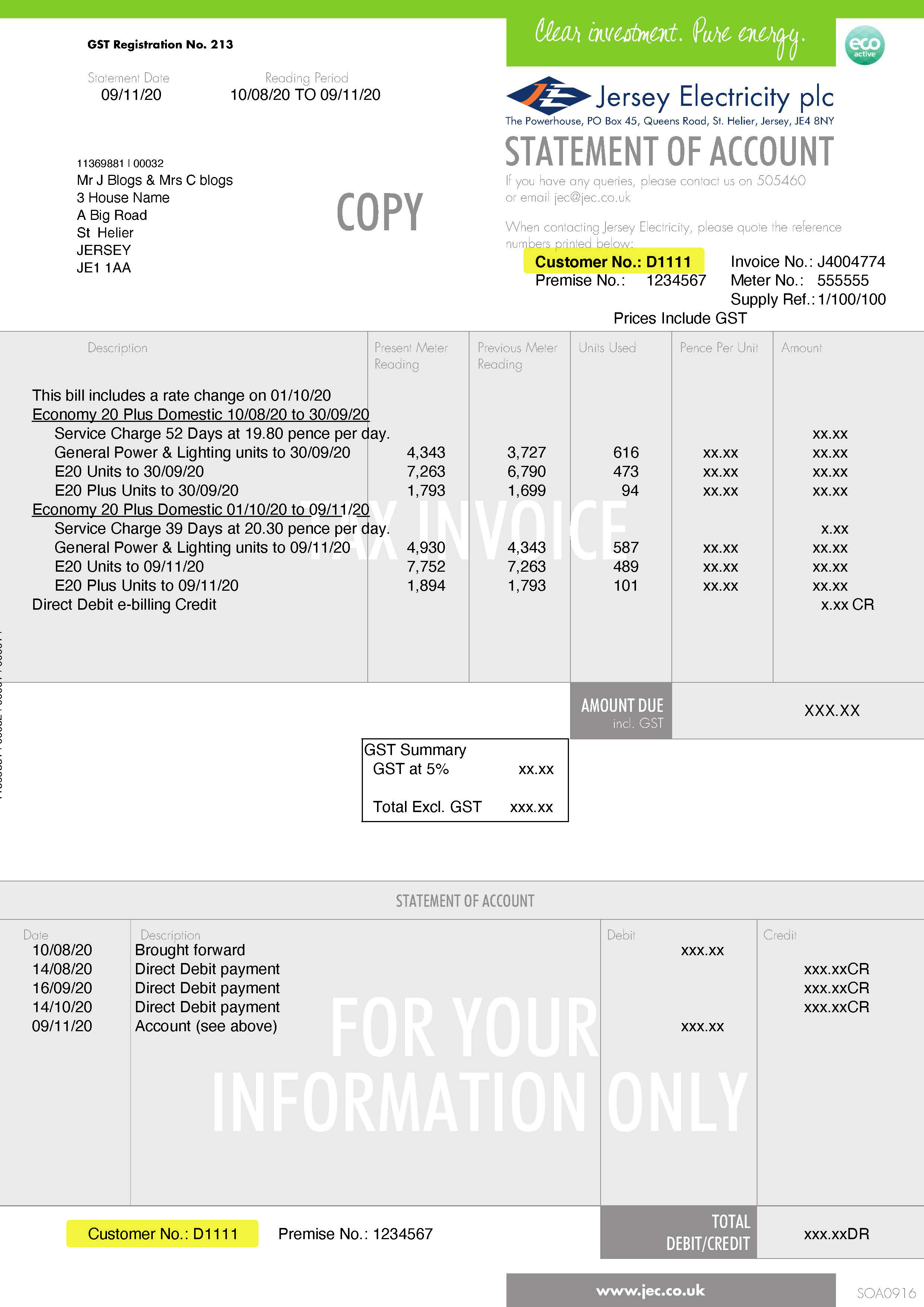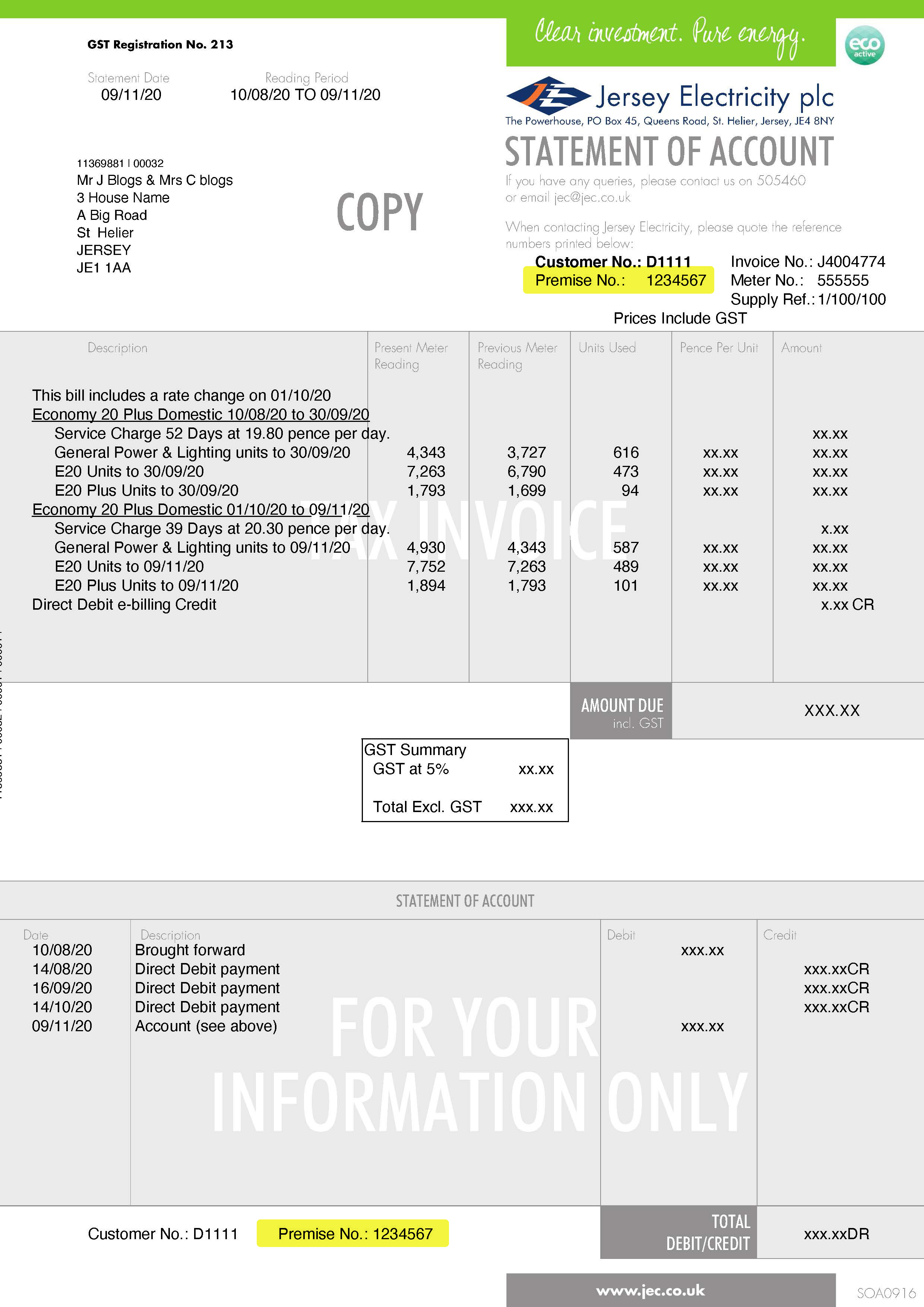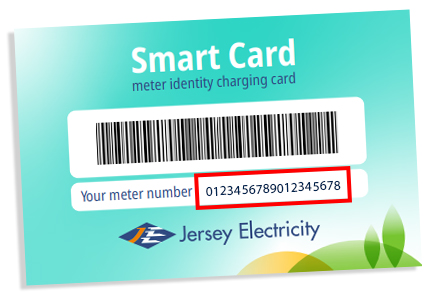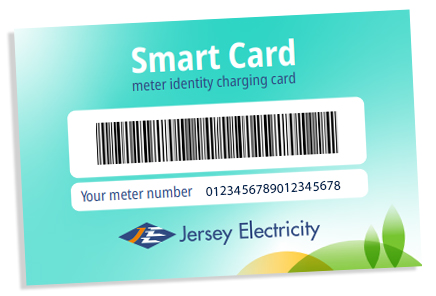In 2018, Jersey broke its peak electricity usage record three times in one week. But what caused these record-breaking demands?
Picture this...
The evening’s enthralling episode of Eastenders has just finished. You’ve been on the edge of your seat for the last 30 minutes, and what you need right now is a nice calming cup of tea. Great idea! You jump up, head to the kitchen and flip the kettle switch. As you do, 1.75 million thirsty Eastenders fans across Britain all do exactly the same thing.
Suddenly, nearly two million kettles whir into action, sucking three gigawatts of electricity out of the national grid.
TV pickup
In the energy business we call this ‘TV Pickup’ and it happens every night of the week. Peak electricity demand in Britain always centres around television events. This year's football World Cup accounted for a number of peaks in demand, the biggest of which came when England knocked six past Panama. 'Did that really happen?! Put the kettle on...'
Weather peaks
In Jersey, our peak electricity demand isn’t linked to the TV schedule; it’s the weather that gets us switching on. We live in one of the warmest places in British Isles, so it’s no surprise that Islanders like to stay cosy in winter. When two artic weather systems marched their way towards us last March, Islanders really cranked up the central heating.
The 'Beast From The East'
During ‘The Beast From The East’ Jersey broke its electricity usage record of 161MW that had stood since February 2012 three times in one week. On the 1st March, as sub-zero temperatures gripped the Island, the electricity demand reached a whopping 178MW, Jersey’s highest ever recorded draw on the grid.
A secure supply
This level of electricity demand puts pressure on our network, but we’ve invested in systems and infrastructure that ensure security of supply of low carbon electricity even during these sudden rare peaks.
Like many power utilities, we measure the reliability of our supply by monitoring the average Customer Minutes Lost (CMLs) during a year. This is the total length of time the energy supply was interrupted for each customer during the year, on average. In 2017, the first full year when all three undersea supply cables to France were operational, we averaged just eight CMLs - a reliability level tens times better than that of the UK mainland.
So next time you have to boost the central heating or make a cuppa after Eastenders, you can be sure that we'll respond at the flick of a switch.
We think that's something Jersey should be proud of!






